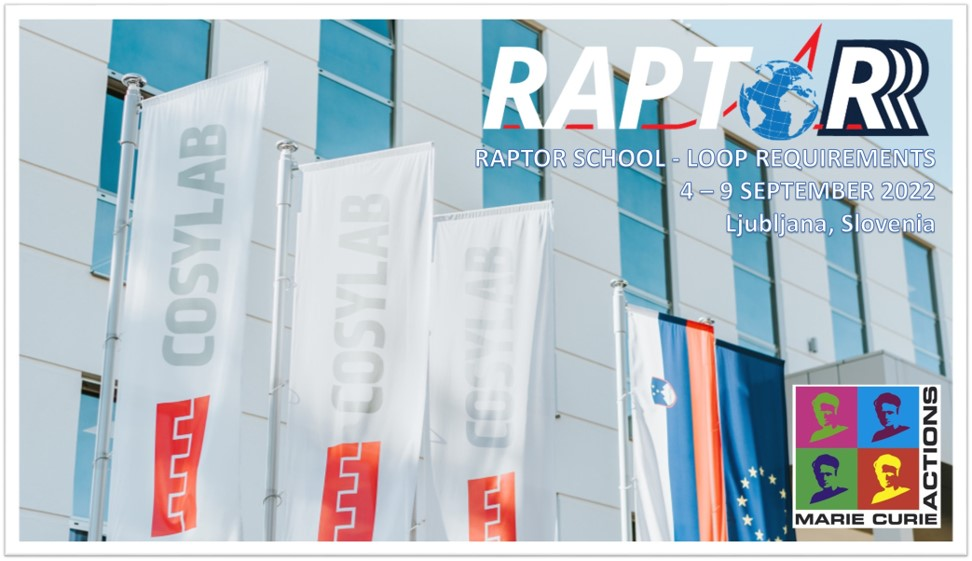Speaker
Description
Monte Carlo is the golden standard for computing dose in radiotherapy, but has traditionally been burdened with long computation times compared to analytical dose algorithms. Due to its superior accuracy in complicated geometries, and the possibility to score additional components in addition to dose (e.g. LET), Monte Carlo can be a very useful tool for the optimization and final dose computation of treatment plans, given that it can be fast enough.
The RayStation TPS (RaySearch Laboratories) has had a clinical Monte Carlo dose computation for proton PBS since 2016. In 2020, it was reimplemented on GPU, bringing major improvements to the computation speed. I will present the general algorithms for a clinical Monte Carlo, and the special considerations necessary to make it fast without compromising on the accuracy for clinical radiotherapy purposes.
Development of the Monte Carlo dose computation for carbon and helium ions is ongoing. Many features, e.g. transport mechanics, are the same, but there are multiple challenges specific to heavier ions. Primary ions will fragment into multiple lighter particles, and heavier target recoils will also have an impact. This requires a large set off cross sections for all interactions having a significant contribution to the dose. Furthermore, clinical practice requires that RBE-weighted dose is computed, typically using the Local Effect Model (LEM) or the Mikrodosimetric Kinetic Model (MKM). In order to do this, it is necessary to score additional quantities like the dose-averaged alpha and beta, putting additional challenges to performance and memory consumption. Because of the beamline contribution to the fragmentation of the initial beam, this will also have to be taken into account.

